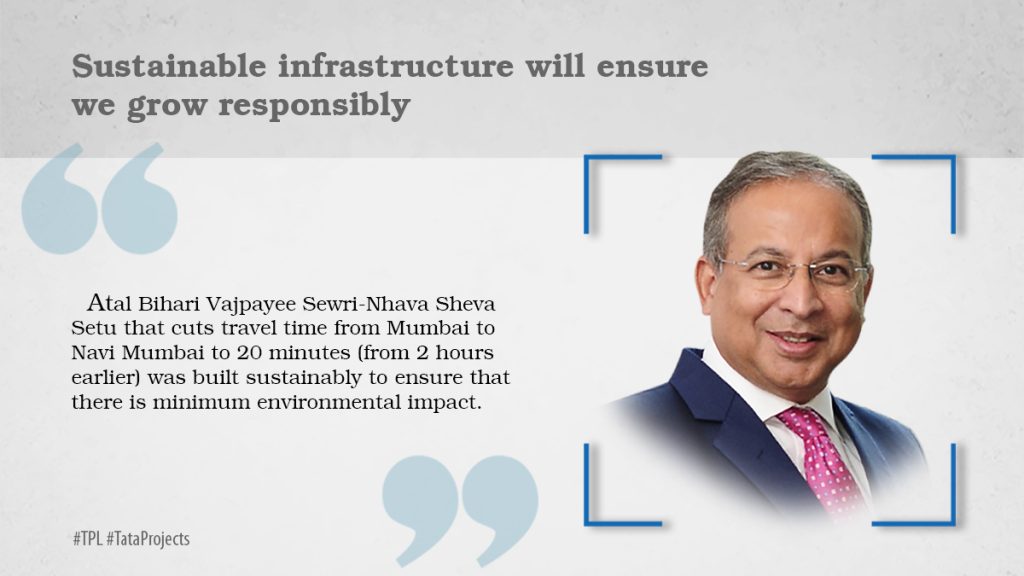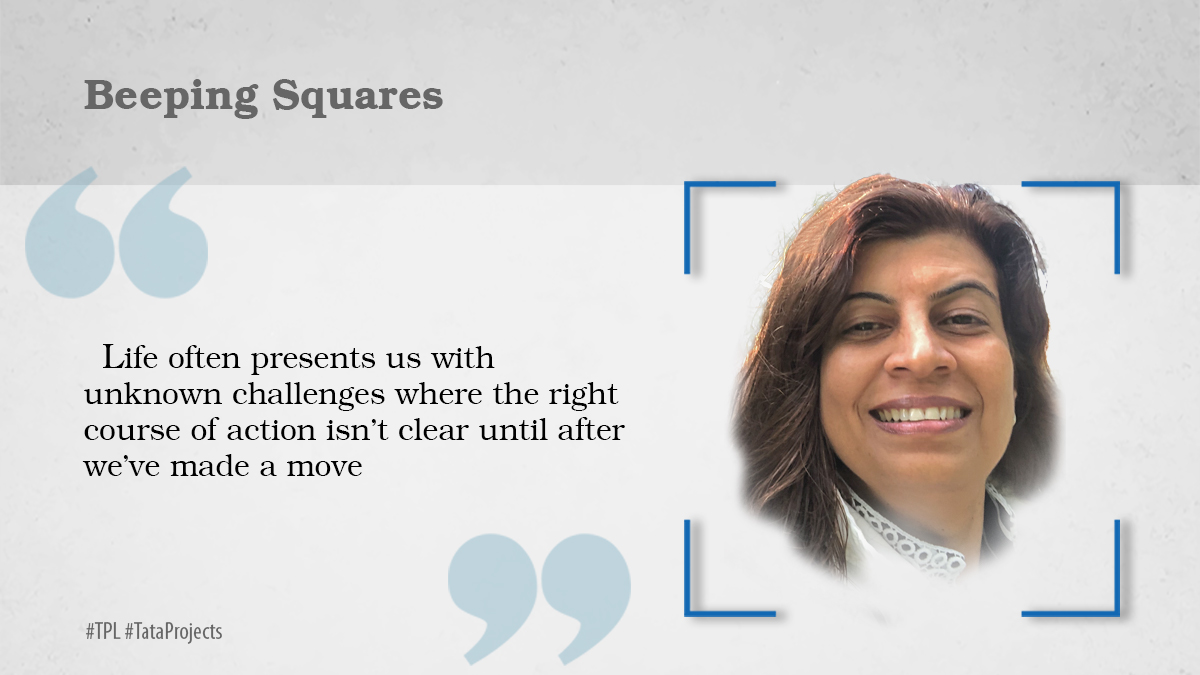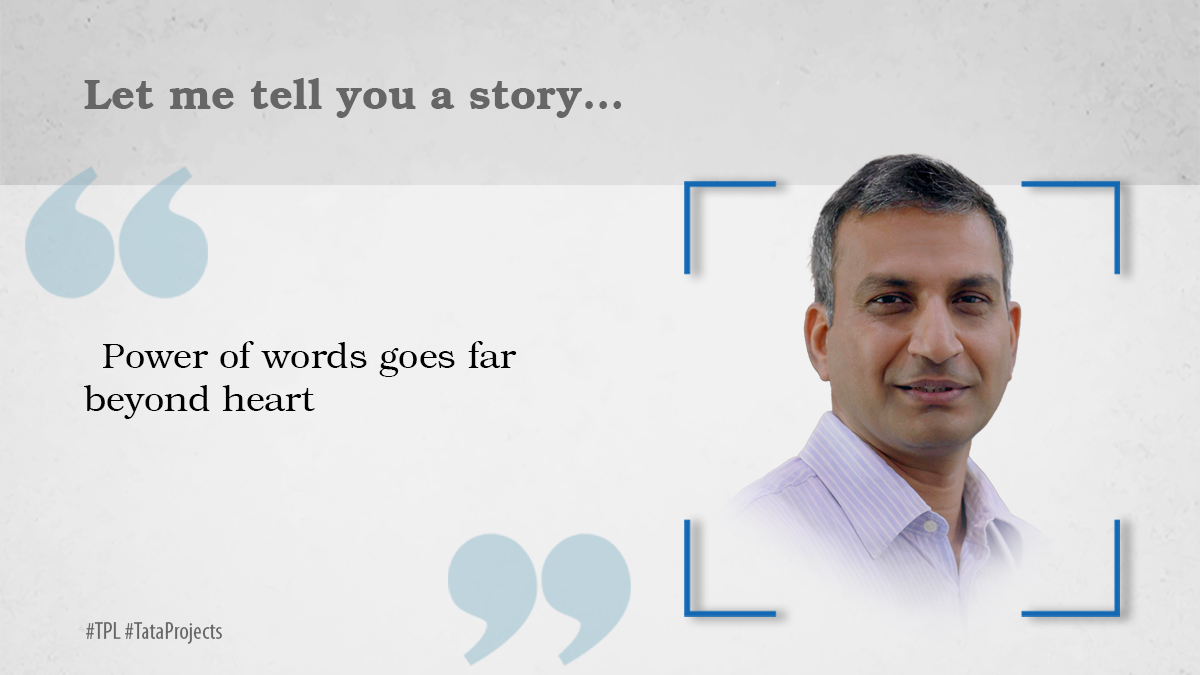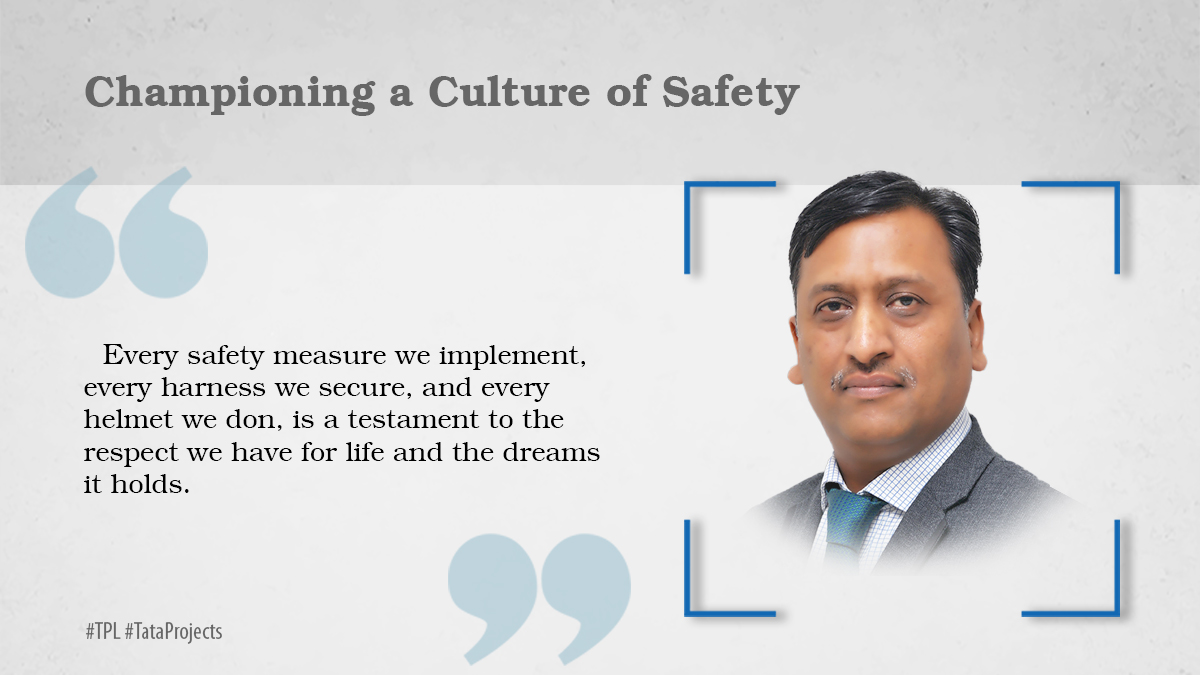Atal Bihari Vajpayee Sewri-Nhava Sheva Setu that cuts travel time from Mumbai to Navi-Mumbai to 20 minutes (from 2 hours earlier) was built sustainably to ensure that there is minimum environmental impact.
India is making a significant investment in infrastructure. Under the National Infrastructure Pipeline (NIP), the country has planned a $1.9 trillion investment in the economic and social infrastructure sectors that is expected to be completed by 2025, covering major sectors such as transport and logistics, housing, power, smart cities, etc.
The significance of this massive investment in the infrastructure sector is not lost on anyone who understands the potential. India holds the kind of foundation that is needed to sustain its growth in the future. India is today already the fastest-growing large economy in the world, way ahead of other leading economies.
In the past, experts both in the economic and social spheres have regularly pointed out the lack of adequate investment in public infrastructure as a serious impediment to our growth and ability to seek major development targets. While the NIP will address these questions effectively, it is also important that this growth is powered sustainably. Traditional mindset tells us that investments for economic growth always come with hidden costs in terms of environmental impact – however these costs are no longer “hidden”, but staring us in the face. Carbon abatement in the infrastructure sector is difficult but needs to be planned as part of the transition. With strategic planning, tech integration, and innovation, the sector can be made more sustainable.
Today, we can invest in economic growth without compromising environmental priorities. Sustainable infrastructure is an attainable goal. The power sector is a good example. Over the last decade or so, India’s renewable energy capacity has skyrocketed and in many parts of the country has also achieved price parity with conventional power sources. By investing heavily in solar and wind and focusing on the retail end, especially the recently launched schemes like PM Suryodaya Yojana, which expects to add 10 million rooftop solar in the country and provide 300 units of free electricity per month. This is a much-needed push to ensure that we strengthen our energy security, improve access to electricity, particularly among the middle and poor class, and also contribute to the country’s Net Zero target set for 2070.
The recently inaugurated Atal Bihari Vajpayee Sewri-Nhava Sheva Setu that cuts travel time from Mumbai to Navi Mumbai to 20 minutes (from 2 hours earlier) was built sustainably to ensure that there is minimum environmental impact. The development of the project was carried out while preserving important natural areas like mangroves and mudflats that are crucial for migratory birds. It is called ‘responsible engineering’.
Similarly, green building is also a good example of bringing sustainability elements into regular development projects. Extending this a bit more, we also see environment sustainability becoming a part of large housing projects like Pradhan Mantri Awas Yojana, which is consciously incentivizing green housing development, with sub-components like energy efficiency, etc.
The infrastructure sector is working towards RE100, and Tata Power is helping them achieve this goal through group captive solutions. There is also a consistent push for green energy adoption, as seen in the recent policy change that is enabling the procurement of green energy from anywhere in the country and a 26% stake in group captive solutions for users, to grow sustainably. Other sectors like steel and cement which are vital parts of the national infrastructure mission are also turning green. The circular economy is the core principle on which these two sectors are growing. Every opportunity to cut carbon footprint is leveraged, including downstream partners who make the final product sustainable. For example, new cement and steel plants (two energy-intensive sectors) are increasing the share of renewable energy in their production capacities, while reducing the water intensity too, many even turning into water-positive operations.
India’s development agenda that started in the early 90s with the now famous economic liberalisation may have started late, as compared to others, but today we are catching up quickly and building world-class infrastructure.
I believe this is India’s decade, and while we are growing rapidly we also have an exciting opportunity to achieve this growth sustainably. We are close to becoming a $5 trillion economy and the next big target of $10 trillion doesn’t seem too far either, but what our future generations will perhaps appreciate most is that we took a very responsible and sustainable route to get there.
Dr. Praveer Sinha,
Chairman,
Tata Projects Limited
Simplify. Create.
























